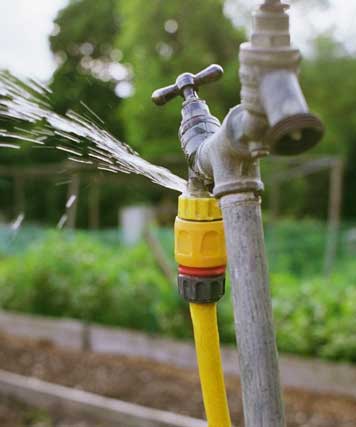6 Ways to Find Concealed Water Leakages in Your Home
Book InstantlyAre you searching for selective information around Detecting hidden plumbing leaks?

Early detection of dripping water lines can minimize a prospective catastrophe. Some little water leakages may not be noticeable.
1. Check Out the Water Meter
Every house has a water meter. Inspecting it is a guaranteed way that aids you uncover leakages. For starters, turn off all the water resources. Make certain no person will certainly flush, use the faucet, shower, run the cleaning device or dishwasher. From there, most likely to the meter and watch if it will certainly change. Considering that no person is utilizing it, there need to be no motions. That shows a fast-moving leakage if it relocates. If you identify no modifications, wait a hr or 2 and examine back once again. This indicates you might have a slow-moving leakage that could also be below ground.
2. Check Water Usage
If you detect abrupt adjustments, regardless of your consumption being the exact same, it means that you have leakages in your plumbing system. A sudden spike in your expense suggests a fast-moving leakage.
A stable increase every month, even with the same routines, shows you have a sluggish leak that's also gradually intensifying. Call a plumber to extensively inspect your residential or commercial property, particularly if you feel a warm area on your flooring with piping underneath.
3. Do a Food Coloring Examination
When it involves water intake, 30% originates from bathrooms. Test to see if they are running correctly. Decline specks of food color in the container and also wait 10 minutes. If the shade in some way infiltrates your bowl during that time without flushing, there's a leakage in between the tank as well as dish.
4. Asses Outside Lines
Don't forget to check your outside water lines also. Test faucets by connecting a yard hose pipe. Should water permeate out of the link, you have a loosened rubber gasket. Change this and make sure all links are tight. It will certainly assist get it skillfully checked out and maintained each year if you've obtained a lawn sprinkler system. One little leakage can throw away lots of water and also surge your water expense.
5. Evaluate and also Analyze the Situation
Home owners need to make it a practice to examine under the sink counters and also also inside closets for any bad odor or mold development. These two warnings show a leak so punctual focus is called for. Doing routine examinations, also bi-annually, can conserve you from a major issue.
Inspect for stainings and also damaging as many pipelines as well as devices have a life expectancy. If you presume leaking water lines in your plumbing system, do not wait for it to escalate.
Early discovery of dripping water lines can mitigate a potential disaster. Some little water leakages might not be noticeable. Checking it is a proven way that assists you find leaks. One little leakage can throw away heaps of water and also spike your water bill.
If you suspect dripping water lines in your plumbing system, don't wait for it to rise.
WARNING SIGNS OF WATER LEAKAGE BEHIND THE WALL
PERSISTENT MUSTY ODORS
As water slowly drips from a leaky pipe inside the wall, flooring and sheetrock stay damp and develop an odor similar to wet cardboard. It generates a musty smell that can help you find hidden leaks.
MOLD IN UNUSUAL AREAS
Mold usually grows in wet areas like kitchens, baths and laundry rooms. If you spot the stuff on walls or baseboards in other rooms of the house, it’s a good indicator of undetected water leaks.
STAINS THAT GROW
When mold thrives around a leaky pipe, it sometimes takes hold on the inside surface of the affected wall. A growing stain on otherwise clean sheetrock is often your sign of a hidden plumbing problem.
PEELING OR BUBBLING WALLPAPER / PAINT
This clue is easy to miss in rooms that don’t get much use. When you see wallpaper separating along seams or paint bubbling or flaking off the wall, blame sheetrock that stays wet because of an undetected leak.
BUCKLED CEILINGS AND STAINED FLOORS
If ceilings or floors in bathrooms, kitchens or laundry areas develop structural problems, don’t rule out constant damp inside the walls. Wet sheetrock can affect adjacent framing, flooring and ceilings.
https://www.servicemasterbyzaba.com/blog/how-to-detect-water-leakage-in-walls/

I ran across that blog post about Hacks to detect leaks when doing a lookup on the search engines. Be sure to set aside a second to promote this entry if you appreciated it. We cherish reading our article about Finding hidden leaks.